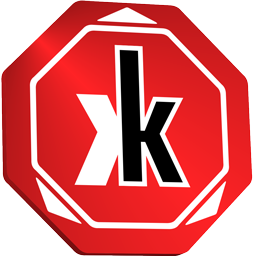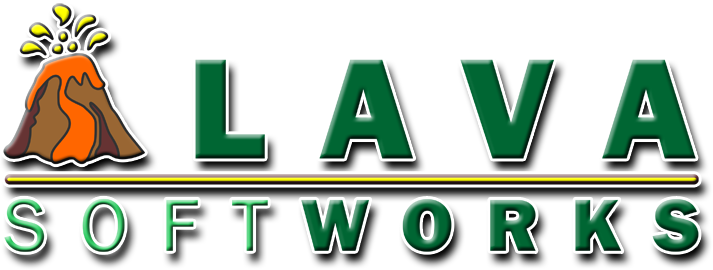Kobol comes from an idea that dates back to 2008. We’ve played several Trading Card video games, but we never saw something that had the best of all in one place. We documented every idea and partially defined the roots of the project, and by the end of 2009, we started coding it for the web. During the next couple of years, with the help of a few friends, we brought the game to life. But we couldn’t keep it running, so we suspended it.
Now, with the help of a lot of wonderful people, we rebooted the project.
What is all this about?
The premises for making Kobol are straight simple:
- A trading cards game that is simple to play, but rich in features.
- A trading cards game where cards can be customized and they grow when used.
- A trading cards game with multiple playing modes so users don't get bored.
But we wanted to make an engine so powerful that we couldn't keep it only for us, so:
- We decided to make an embeddable engine, so it can be added to any website.
- We traced the plans for a "white label" mobile app.
- We built a strategy that allows engine users and creators to monetize their work.
Cards fighting not as usual
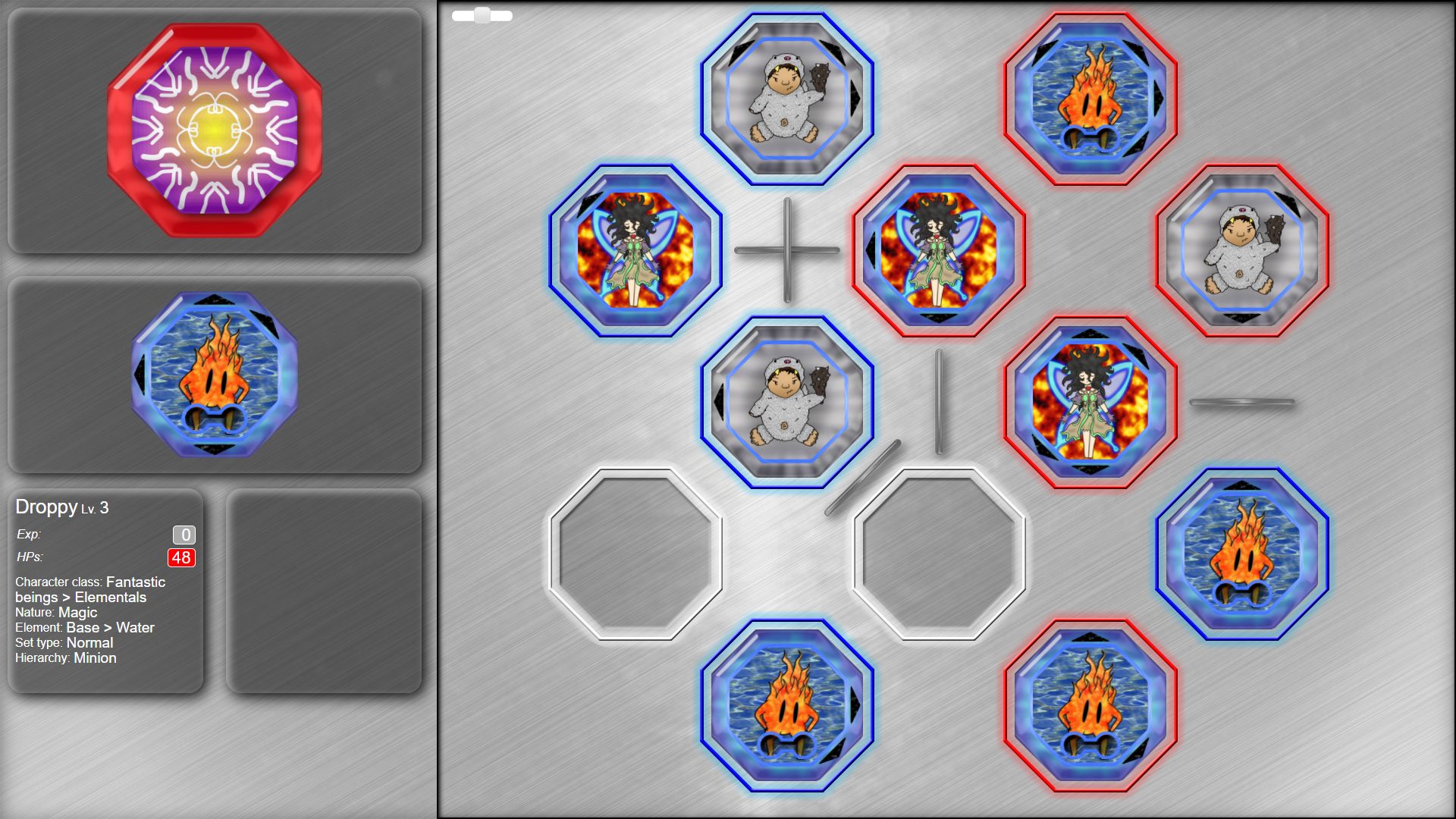
"NuMetal" Beta board
- Users get into a website (we call it a “Realm”) to play.
- Every Realm has one or more “Universes”. A Universe consists of playing boards and cards.
- Universes might be exclusive for a Realm or shared with other Realms.
- The boards have slots where players place their cards. When a player card is adjacent to another player’s card, they engage in a fight and the best card wins, flipping the looser card (converting it to the winner player’s color) and earning experience points.
- Once the board is filled up, the player with more cards of his color wins the match and permanently takes a random card from the opponent.
About the cards
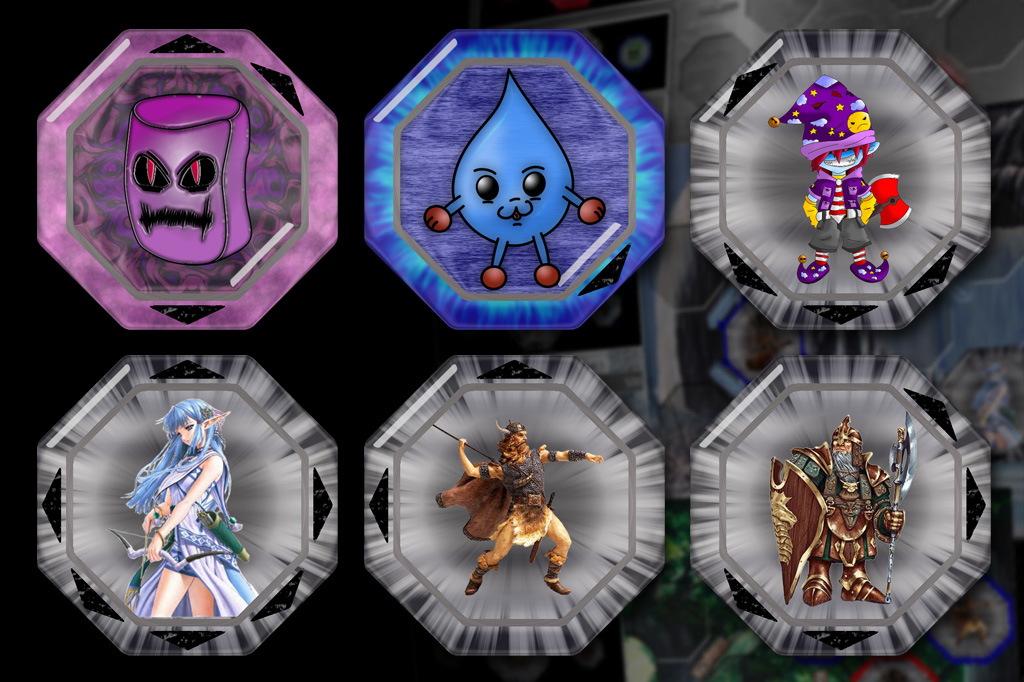
Card examples (may not reflect actual works)
- They are Universe centric, so if a Universe is dedicated to Greek mythology, cards will represent heroes and gods from the Greek pantheon.
- They are octagonal, and may have from 1 to 8 attack sides marking the direction they attack or defend against attacks of adjacent cards.
- They have an amount of Hit Points and basic attack/defense skills, and depending on the character they represent, may have Magic Points and magic/elemental attack/defense skills.
- Some cards may have sockets so add-on Orbs can be inserted to them.
- Characters are designed on hierarchies, and there can be minions, bosses, demigods, gods, etc.
- They can also be part of a special set or even rare or unique.
It has an internal economic system
The game has an economic system with two tokens:
- Silver Pieces (SPs), which are earned by playing.
- Gold Pieces (GPs), which are purchased with real money over PayPal and other payment methods.
Both tokens are used in-game to acquire extra card packages and add-ons. Standard card packages can be purchased with SPs and Premium cards/items packages can be purchased with GPs.
It is a scalable ecosystem
Kobol has been designed from the ground up in a modular architecture that can easily scale when needed.
The backend allows a centralized management interface. When contents are ready for release, they're pushed to the GameServers, and all websites that become Kobol realms, use the GameServers as access points to the engine resources.
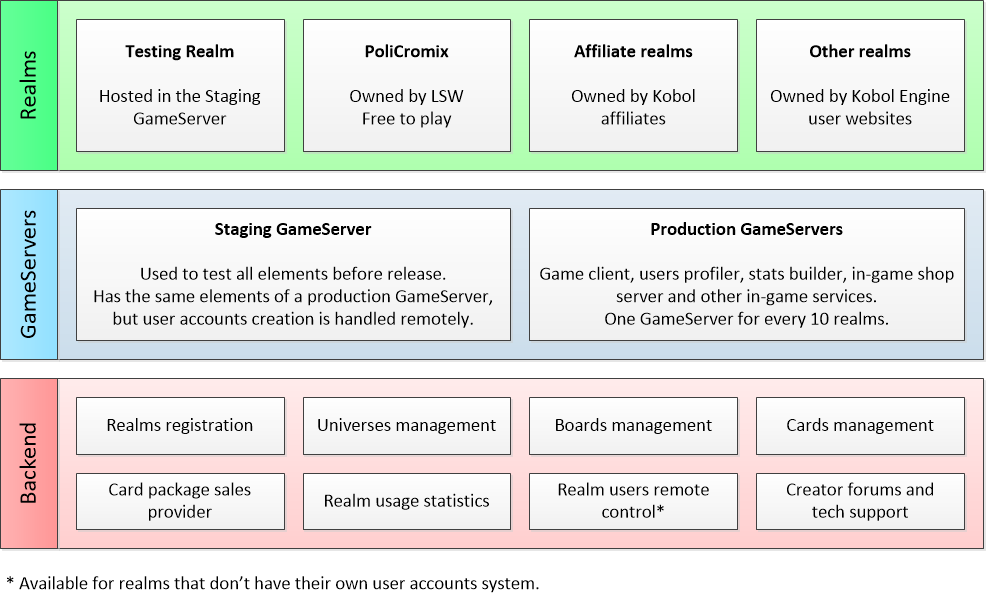
All the engine modules and systems are built on top of the BardCanvas CMS, also developed by LAVA SoftWorks.
How to play in Kobol
Well, you can't play directly in Kobol. You need to enter a realm and play from there.
► Take me to the available realms list!
How to embed kobol in my website?
You need to register an account and login to register your realm, but there are some things you need to learn first. Here are some resources for you:
- All about realms: a document that fully explains all you need to know on how Kobol works from your website.
- List of available universes: here you can check what's available do add to your website. There are free universes and paid universes, and all information is shown there.
- Plans and pricing: you can start with a basic implementation for free, but you might want to check all the upgrading options.
If you're done checking those links -or not and you just want to get there, just register an account now or login and open the realms manager from the main menu.
